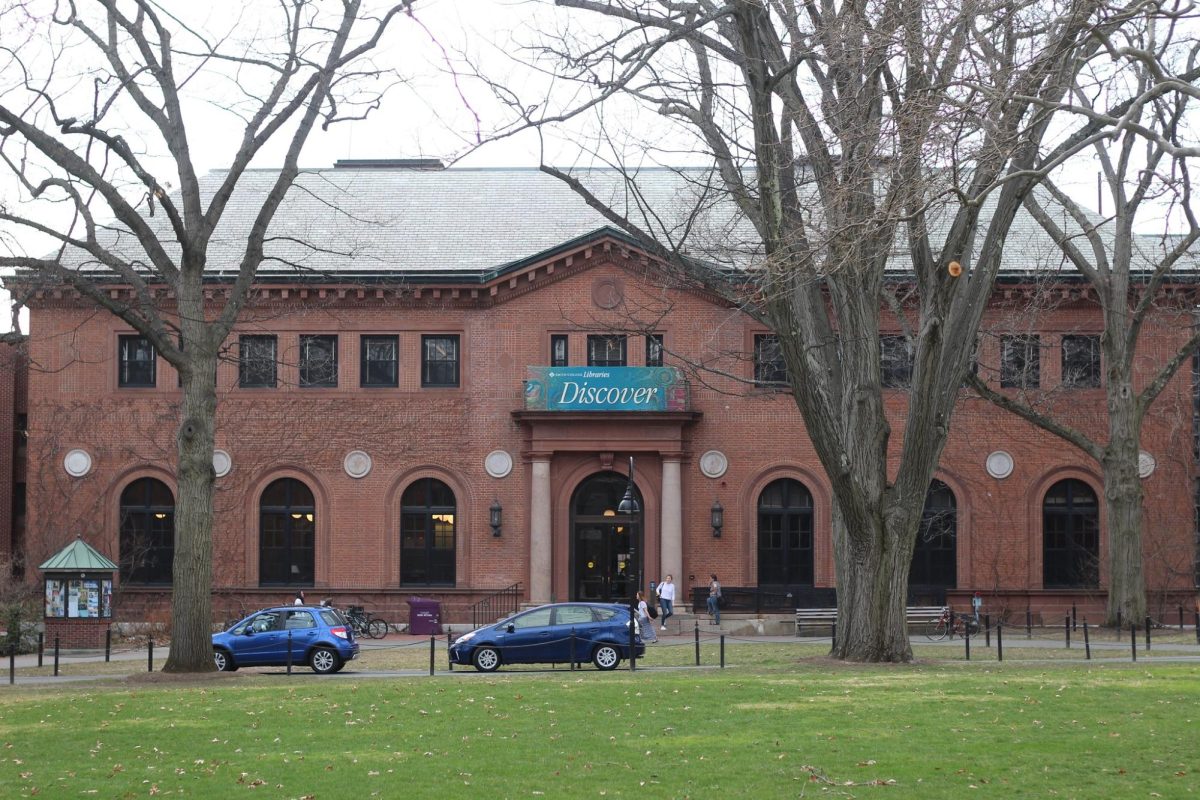The new high-performance computing center in Holyoke was officially opened last month in a collaborative effort between the University of Massachusetts, Boston University, the Massachusetts Institute of Technology, Northeastern University and Harvard University.
The Massachusetts Green High Performance Computing Center (MGHPCC) is a 90,300 square foot facility housing 10,000 megawatts of power. While it currently only houses 10,000 computers, it will eventually house 20,000.
These computers are to be used for everything from computation modeling of the immune system response to genetics and traffic patterns and weather modeling.
The primary goal of the center is to be able to sift through large quantities of data. But it also creates a partnership between the universities.
“This is the catalyst for collaboration between the five universities. It couldn’t have been done by just one university,” said John Goodhue, executive director of the project.
Four scientific researchers were awarded a $2.3 million grant from the National Science Foundation’s Major Research Instrumentation Program: Chris Hill from MIT, Claudio Rebbi from Boston University, Gene Cooperman from Northeastern University and Prashant Shenoy from UMass.
Claudio said that this facility and this equipment will create a broad new scope for possible research.
“This will give us the possibility to expand research, and give the capability for people to use these tools. A collaboration between these universities would be unthinkable 10 years ago, it’s remarkable,” Claudio said.
Nearly 70 percent of the energy used for the MGHPCC is made from hydroelectric power.
“There are still costs like maintenance operation, support for the computers themselves, and cleaning and cooling expenses, it’s not all that different from maintaining an office building, or a building on campus, but hydroelectric power makes it less expensive,” Goodhue said.
The collaboration between universities also reduces costs for the facility. Prashant said that this facility would have cost too much for a single university to afford to build it.
All of the technical maintenance and support will be done on campus, rather than at the facility to keep it as connected to the universities as it can be.
Costs for maintaining the MGHPCC will be divided among the universities, along with costs of electricity and construction, Goodhue said.
Goodhue said that Holyoke was chosen because it has one of the lowest costs of energy in the state and because it is at a communications crossroads and is easily accessible from highways. He also said that it had low costs for space for building the facility.
Since the MGHPCC is not located on a campus, the space that it would have taken up can be put to other uses, according to Goodhue.
“The campus is for people, this frees up space for universities to do other things with,” he said.
Use of the MGHPCC will be available to all of the UMass campuses.
“All UMass campuses, faculty researchers and students, are included to use this facility,” said Shenoy.
Katherine Clark can be reached at [email protected].







Complete Cleaning Services • Apr 22, 2013 at 4:40 pm
This is a great movement towards sharing data and ensuring the green movement is pushed through. We should more on developing green strategies like some companies such as Qualified Cleaning Services. It really demonstrates how considerate a company is towards cutting costs and allowing for a company to build up its’ reputation, much like the UMass campuses.